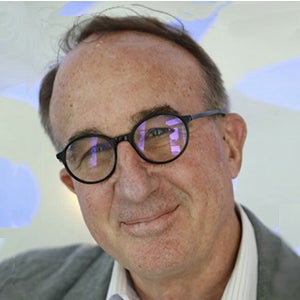By Robby Miller
This year the National Fragile X Foundation is celebrating its 40th anniversary! It’s hard to believe we have already spent 40 years serving the Fragile X community -families living with Fragile X, their loved ones, and professionals alike- and I think I speak for our entire team when I say we look forward to serving the community for the next 40 years (and more!). As a tribute to the organization’s rich history, we are cataloging our journey in monthly blog posts. We have so many people and institutions in our history it’s hard to capture them all, but we will certainly do our best. Join us as we walk down memory lane, memorializing how the National Fragile X Foundation got to where we are today so we can dream together of the brightest possible tomorrow.
– Hilary Rosselot
In previous blog posts, we’ve talked about the early work of the National Fragile X Foundation beginning in 1984 and moving into the early 1990’s. This post further explores the 1990’s and the many changes that were taking place as a result of the increased scientific study of Fragile X and how the growing body of knowledge was impacting the work of the Foundation.
As the scientific world’s understanding of Fragile X grew, the NFXF responded by organizing bigger and better international conferences and hiring its first executive director to help manage the organization’s growth.
The growth of the NFXF was closely linked to the identification of the Fragile X gene in 1991 and, while this abbreviated history of the Foundation cannot include every possible name of the many dedicated scientists and clinicians who were studying Fragile X, the names of the late Dr. Steve Warren at Emory University and Dr. David Nelson at Baylor College of Medicine should be noted for the key roles they played and for the advice they provided to the NFXF.
In the early 1990’s the internet was not yet something that the average person had access to or utilized. Therefore, the printed materials that the NFXF mailed out to its growing database, and the ever-larger meetings it was organizing, were critical to helping build the community, advance research and improve clinical care.
Thankfully, we’ve come a long way since the day when FXS was jokingly referred to as “Fragile WHATSyndrome?!” For those who have come of age in the era of online communication, it may be difficult to imagine how one learned about a “rare” condition like Fragile X. In fact, it wasn’t even easy for professionals! Sometimes it took a trip to the local public library, a search for an obscure book or periodical, and/or a helpful librarian, nurse, therapist, or doctor to find the needed information. But throughout those “dark ages,” the NFXF was there doing all that it could to help families find their way.
about

Robby Miller
Robby has spent over 50 years helping children with special needs, their families, and the professionals who work with them. Robby is particularly interested in how families learn about, access, and receive meaningful services from competent professionals, organizations, and institutions. This interest led to his co-founding the Fragile X Clinical & Research Consortium, also known as FXCRC. In his spare time, you’ll find Robby singing and playing rhythm guitar in a rock band with his pals.

